Schedule a Call Back
Tips to manufacture pressure vessel using metal 3D printing technology
 Articles
Articles- Oct 18,24
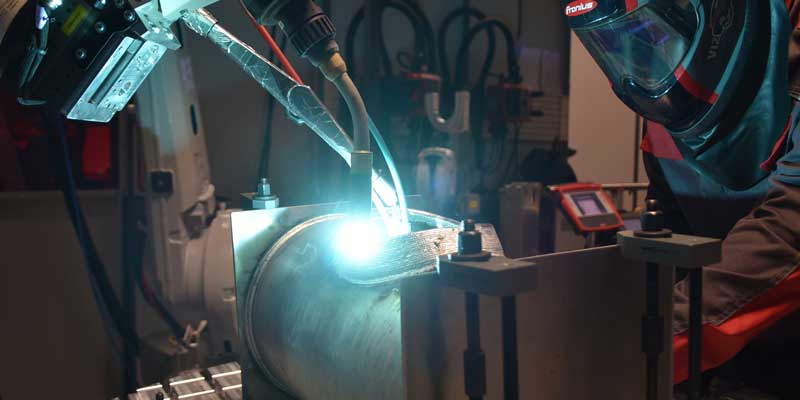
- The highest possible deposition rate
- A reduced-heat process to avoid or minimize the cooling requirement and distortion
- No lack of fusion in the connection to the base material
- Insensitive to changes in the distance between welding torch and component
- Absolute reproducibility of the high material quality required within the qualified limitations of the deposition process
- Suitability for large components
Table 1: Results of the test
Type of test | Testing processes | Scope of testing |
Non-destructive testing | - Volume testing (RT or UT) - Surface testing (VT and PT) | Per component, 100% of the relevant areas of the design (or 20% if using a suitable grid to fully cover the area) |
Destructive testing | - Chemical analysis - Tensile test to determine strength and elongation - Bending test | 1x in the additively manufactured area 2x in the unfavorable direction, and also in the hybrid area 2x in the unfavourable direction, and also in the hybrid area |
Final testing | Water pressure test Bursting test (optional) | |
Related Stories
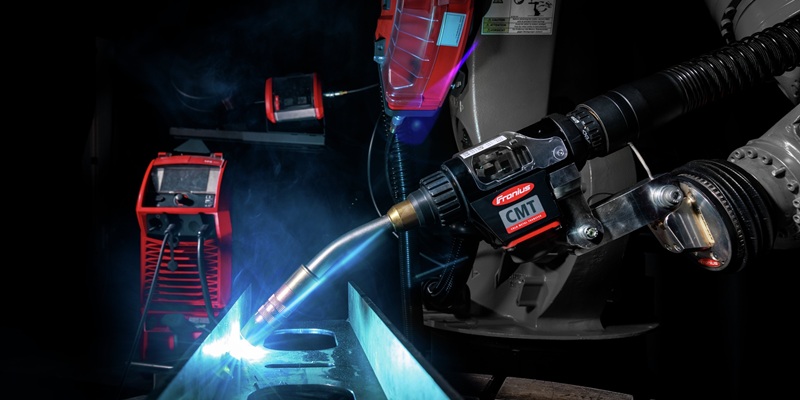
Fronius marks 20 years of Cold Metal Transfer welding technology
Cold Metal Transfer (CMT) is a breakthrough welding process delivering unmatched precision, stability, and versatility across industries like automotive and aerospace.
Read more
DiFACTO Robotics acquires RoboFinish Division from Grind Master
RoboFinish portfolio, which includes robotic grinding, finishing, deburring, and machining technologies, presents significant synergies with DiFACTO’s existing offerings, strengthening its positio..
Read more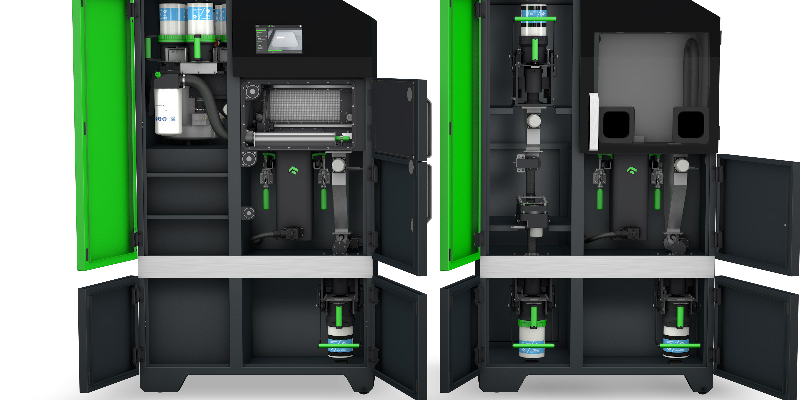
Altem and One Click Metal introduce accessible metal 3D printing solutions
By combining One Click Metal’s innovative BOLDseries metal 3D printing systems with Altem Technologies’ extensive distribution network and industry expertise, the collaboration aims to provide c..
Read moreRelated Products
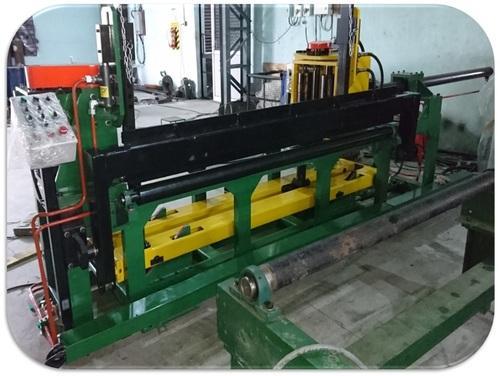
Tack Welding Machine
Invent Weld
Automation offers a wide series of tack welding machines.
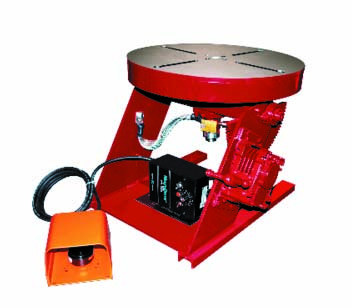
Bench Welding Positioner
Toss Weldtronics
offers a wide range of bench welding positioners.
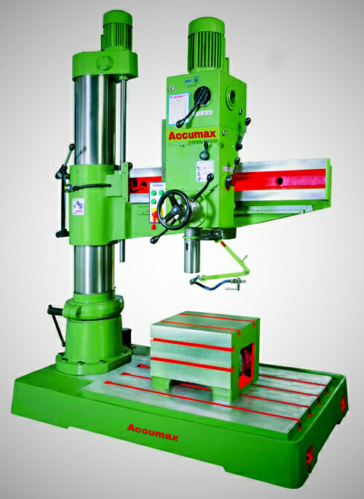
Radial Drilling Machines
Technomech Machine Tools offers a wide range of all geared radial drilling machines. Read more















